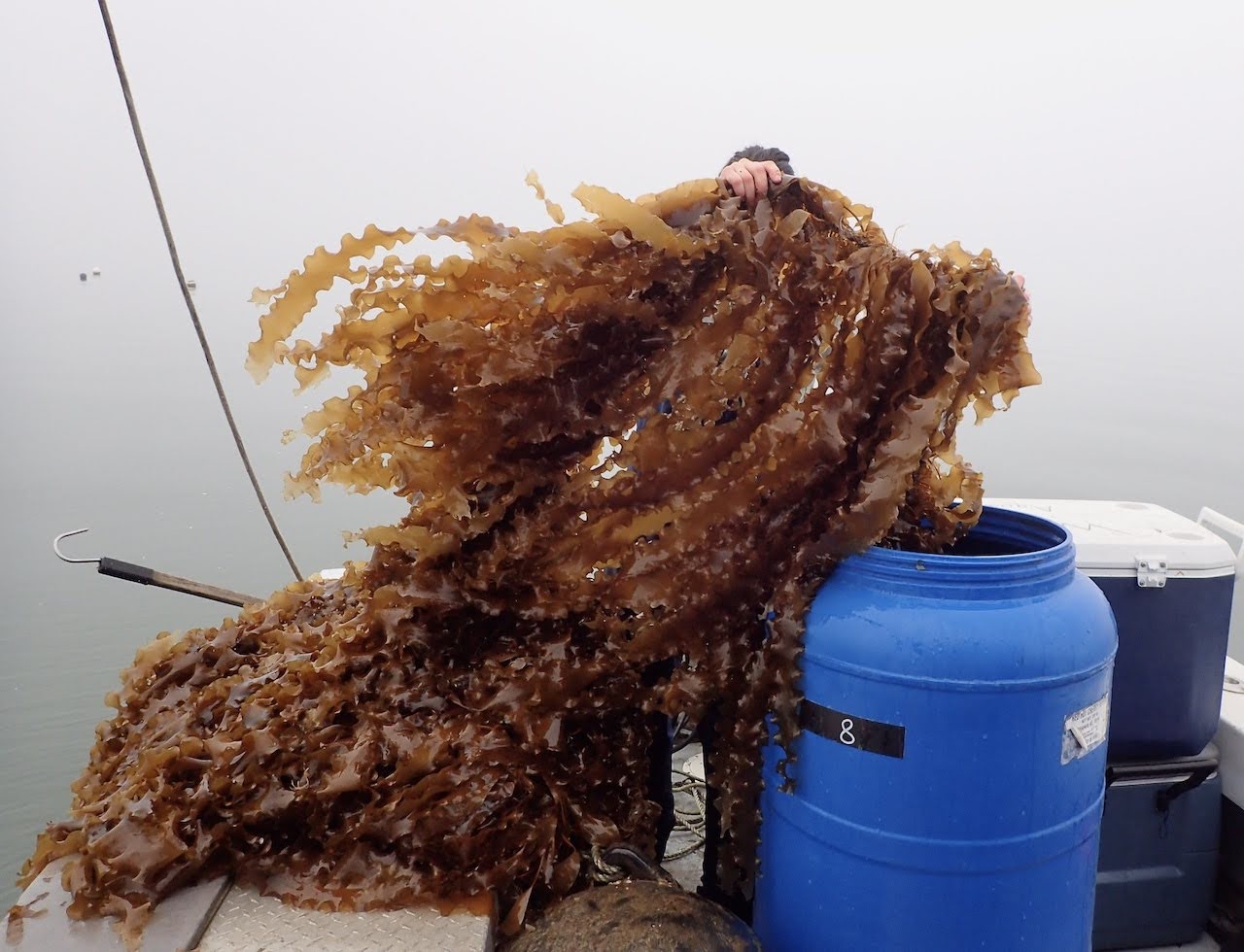Back to: Build Your Business
As a new farmer still getting to know your crop and your farm site, you can reap the maximum amount of value from your kelp via what we call a “whole leaf strategy.” This means that instead of focusing exclusively on high-margin, low-volume sales opportunities, you develop a diverse portfolio of opportunities at different margins and price points. For example, maybe you sell some fresh, delicate baby kelp in the early spring to a high-end restaurant in your town, but you also connect with a local farm that wants to take a large quantity of your kelp at a lower price to enhance their soil. At the end of the season, you could sell the remaining stipes, holdfasts, and biofouled portions of your kelp to the latter buyer.

Based on the weather, seed quality, and any number of other factors, you may need to utilize all of these sales channels at some point. Kelp has a narrow harvest window and short shelf life once it’s been removed from the water, before it’s been processed. But, if you leave it in the water too long in the spring, it will start to biofoul and degrade. A whole leaf strategy is an insurance policy on the uncertainties of harvest quality and quantity. In a good year, selling the kelp that remains after your high-end customer orders have been fulfilled can yield additional profit. In a bad year, being able to defray some of the operating costs of your farm through a lower-value sale could be a lifeline for your business.